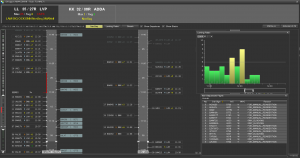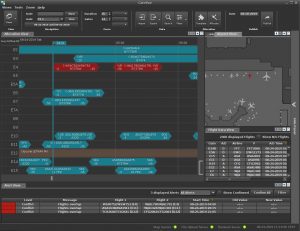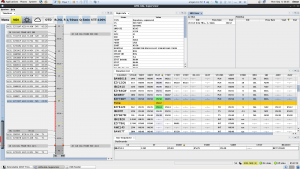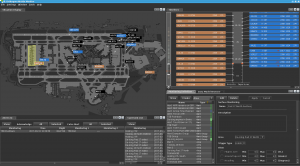Orthogon Arrival Manager (AMAN)
| Company | FREQUENTIS |
|---|
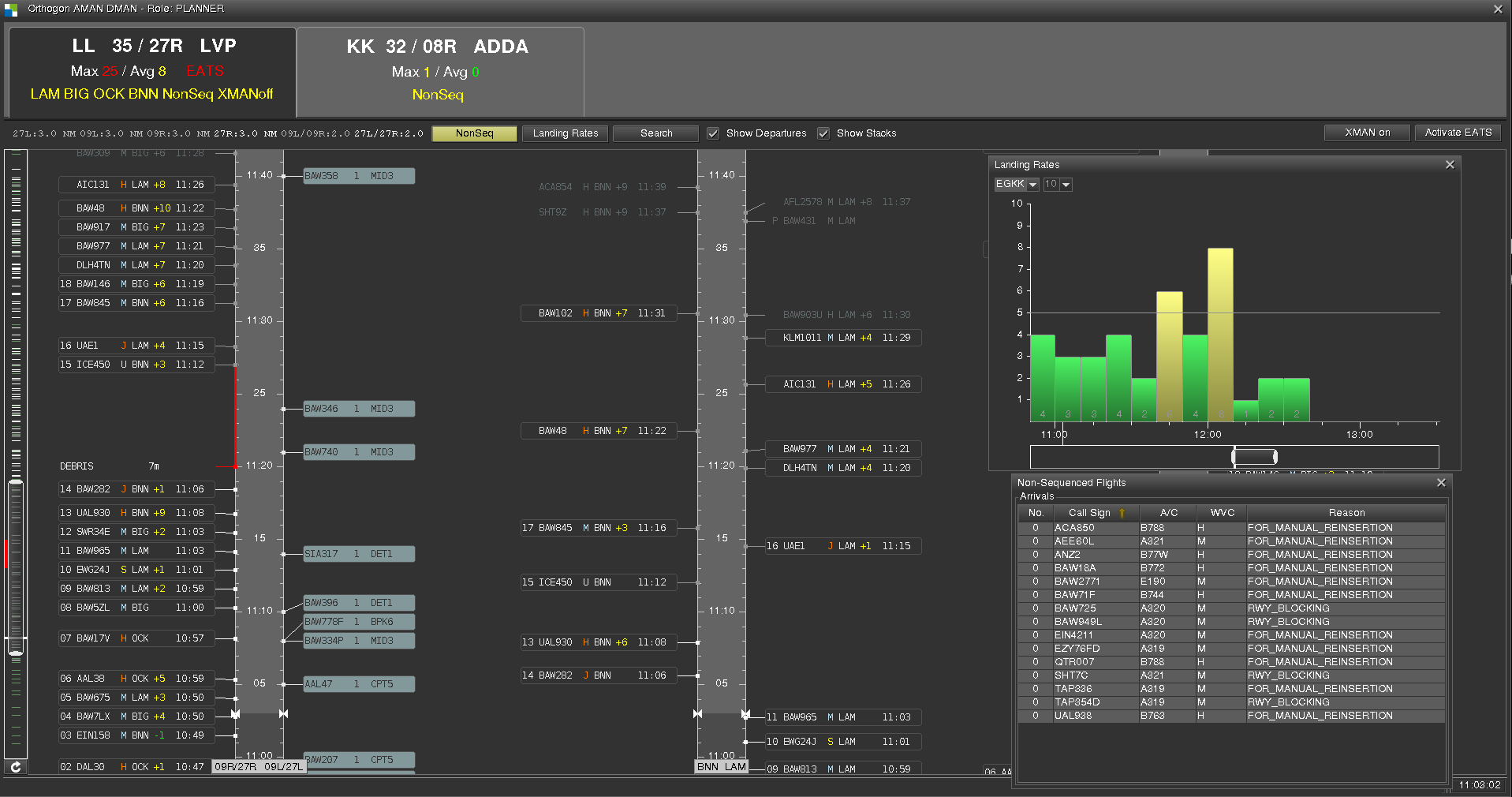
Images
The Orthogon Arrival Manager’s objective is to manage the flow of arriving aircraft in a way that makes best use of the available Air Traffic Management resources, such as runways and airspace.
Orthogon AMAN manages traffic efficiently and safely
To achieve this goal, the Orthogon AMAN efficiently sequences arrivals, and generates optimised arrival schedules and advice for all controllers involved, supporting multi-runway and multi-airport environments. The streamlined arrival sequence greatly reduces the frequency and duration of flight delays in the Terminal Maneuvering Area. Planes spend less time in orbital holding while waiting to land, leading to reduced fuel consumption and therefore CO2 emissions. AMAN can be operated as a stand-alone solution or coupled with the Orthogon Departure Manager (DMAN) for unlocking additional benefits.
Reduces costs and environmental impacts
BENEFITS
- Optimises planning for inbound flights and enhances controller situational awareness
- Improves efficiency by balancing arrivals and departures
- Reduces costs and environmental impacts caused by capacity imbalances
Optimising runway usage at high-demand and capacity-constrained airports can be difficult, especially for mixed-mode operations where airports have only one runway for both arrivals and departures.
The Orthogon Integrated AMAN-DMAN solves the challenge of synchronising arrivals and departures by truly integrating the respective traffic streams while considering corresponding demand levels and available capacities. Thereby, efficient arrival-departure pattern gets the most out of limited runway resources ensuring robust, yet flexible planning.
Maximising efficiencies for mixed-mode operations
While individual AMAN/DMAN systems offer important benefits, a coupled system unlocks additional improvements for mixed-mode runways such as further improved predictability and capacity. A more realistic and precise accuracy on landing and departure times will increase sequence predictability. Consequently, situational awareness is improved for Tower and Approach allowing them to better plan while accomplishing their performance goals.
Increased predictability and runway capacity
BENEFITS
- Realistic and precise landing and departure times for increased predictability
- Increased runway throughput by mitigating demand-capacity imbalances
- Optimised arrival-departure ratio for reduced loss of slots
- Improved planning for optimised efficiency

